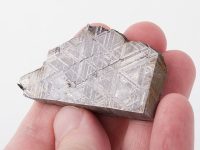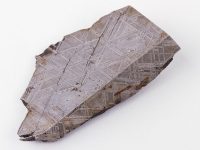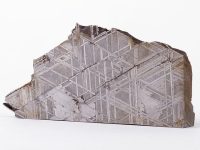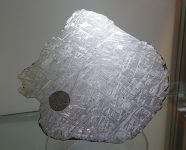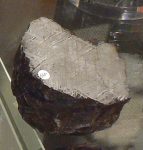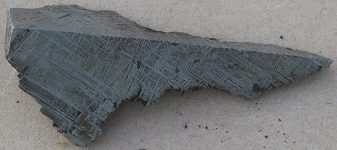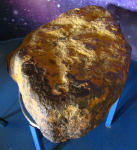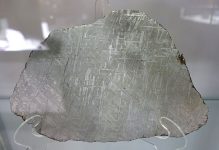Muonionalusta
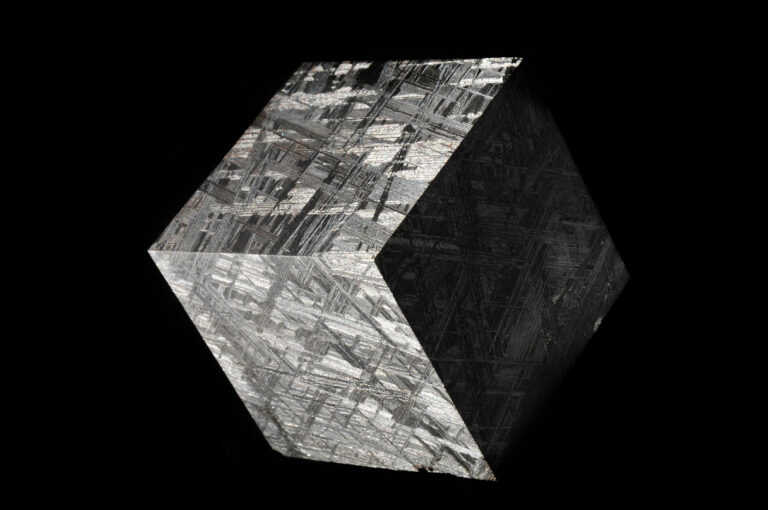
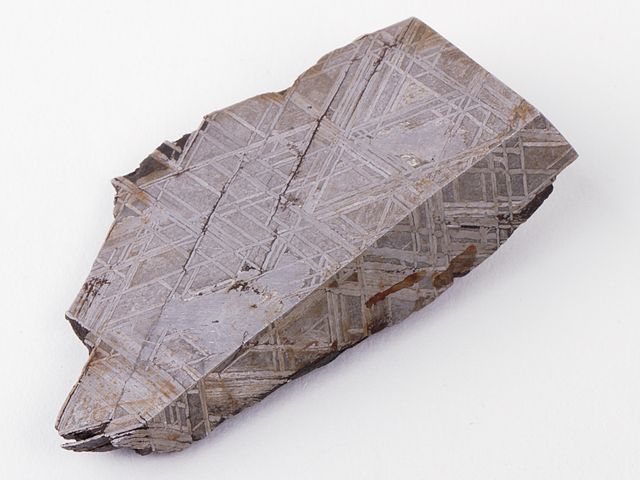

Muonionalusta
The Muonionalusta meteorite is a rare and ancient iron meteorite that fell to Earth in prehistoric times. Discovered in the northernmost parts of Sweden near the village of Muonio, Muonionalusta is renowned for its exceptional crystalline structure, stability, and captivating Widmanstätten patterns. This meteorite’s discovery and subsequent study have provided profound insights into the formation and evolution of asteroids and the early solar system.
Discovery and History
The Muonionalusta meteorite’s discovery dates back to the late 18th century when fragments were found in Sweden’s Lapland region. However, the meteorite’s true significance and extraterrestrial origin were not fully recognized until the early 20th century.
Discovery and Recognition
In 1906, Swedish geologist A. G. Högbom identified Muonionalusta as a meteorite, distinguishing it from terrestrial iron ores due to its unique composition and structural features. Further expeditions and discoveries in the region confirmed the meteorite’s presence and facilitated systematic recovery efforts.
Recovery and Classification
Muonionalusta is classified as a fine octahedrite, characterized by a high iron-nickel content and well-defined Widmanstätten patterns. The meteorite is composed primarily of iron (about 90%) and nickel (about 8%), with trace amounts of cobalt, phosphorus, and other elements.
Composition and Structure
Muonionalusta’s composition and crystalline structure provide valuable insights into its origin and the processes it underwent within its parent asteroid.
Iron-Nickel Alloy
The predominant components of Muonionalusta are iron and nickel, forming a crystalline structure known as an octahedrite. This structure consists of intersecting bands of kamacite and taenite, which are indicative of slow cooling rates over millions of years.
Widmanstätten Patterns
One of the most distinctive features of Muonionalusta is its intricate Widmanstätten patterns. These patterns, visible when the meteorite is etched with acid, reveal a geometric arrangement of kamacite and taenite crystals. The patterns provide insights into the meteorite’s thermal history within its parent asteroid and the conditions prevailing in the early solar system.
Geological and Astronomical Significance
Muonionalusta is of significant scientific importance, offering valuable insights into asteroidal processes, impact histories, and the early stages of our solar system’s formation.
Asteroidal Origin
Muonionalusta is believed to have originated from the core of a differentiated asteroid. Its iron-nickel composition and well-preserved crystalline structure suggest that it underwent significant heating and differentiation processes early in the solar system’s history.
Stability and Age
The stability of Muonionalusta, characterized by its lack of terrestrial weathering and pristine condition, suggests an age of approximately 4.5 billion years. This stability has allowed scientists to conduct precise isotopic dating and analysis, contributing to our understanding of early solar system chronology and the formation of planetary bodies.
Impact History
Studying Muonionalusta and similar iron meteorites provides insights into impact histories and collision events that shaped asteroidal bodies. The presence of regmaglypts (thumbprint-like indentations) on some Muonionalusta fragments indicates exposure to atmospheric entry and potential fragmentation events during its journey to Earth.
Cultural and Collectible Value
Beyond its scientific significance, Muonionalusta holds cultural and collectible value, making it highly sought after by collectors and museums worldwide.
